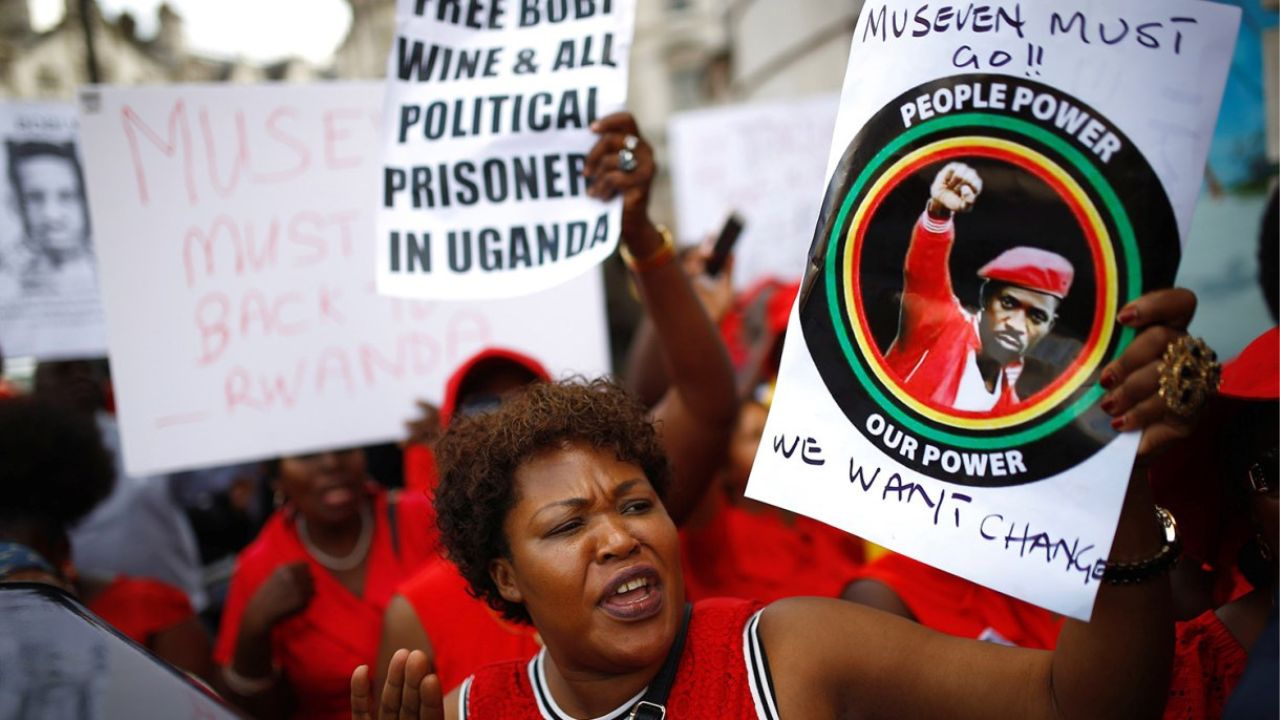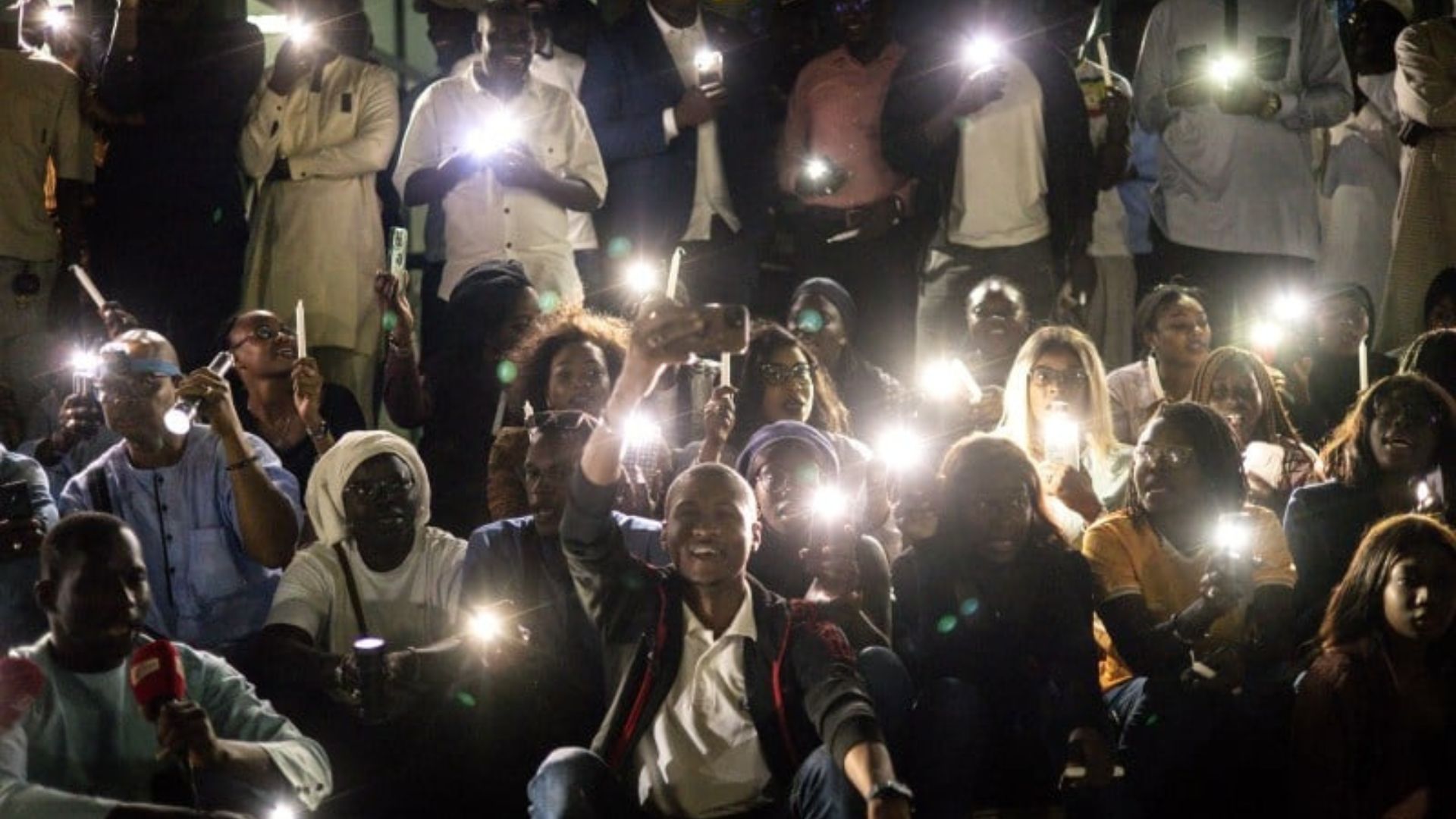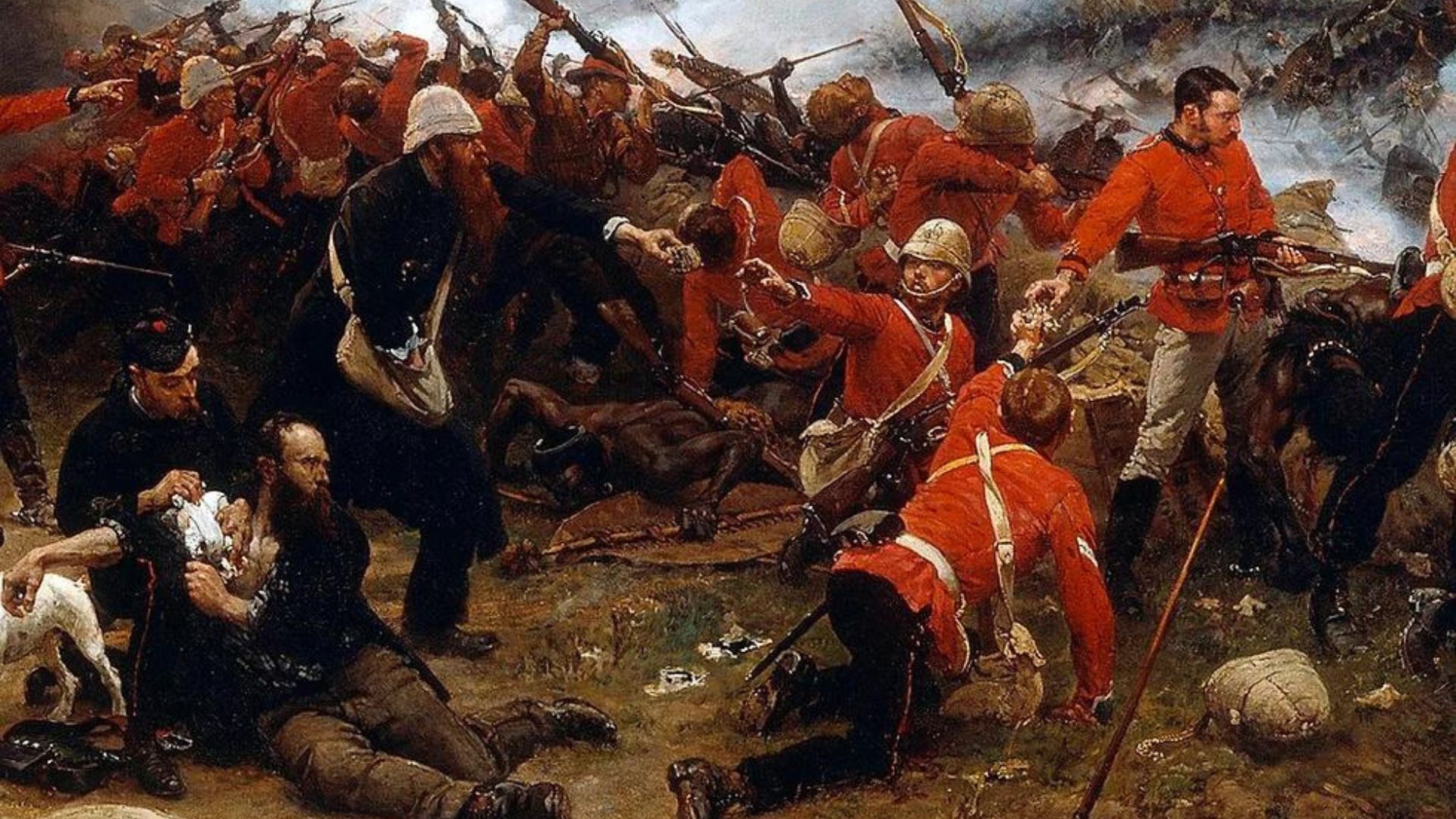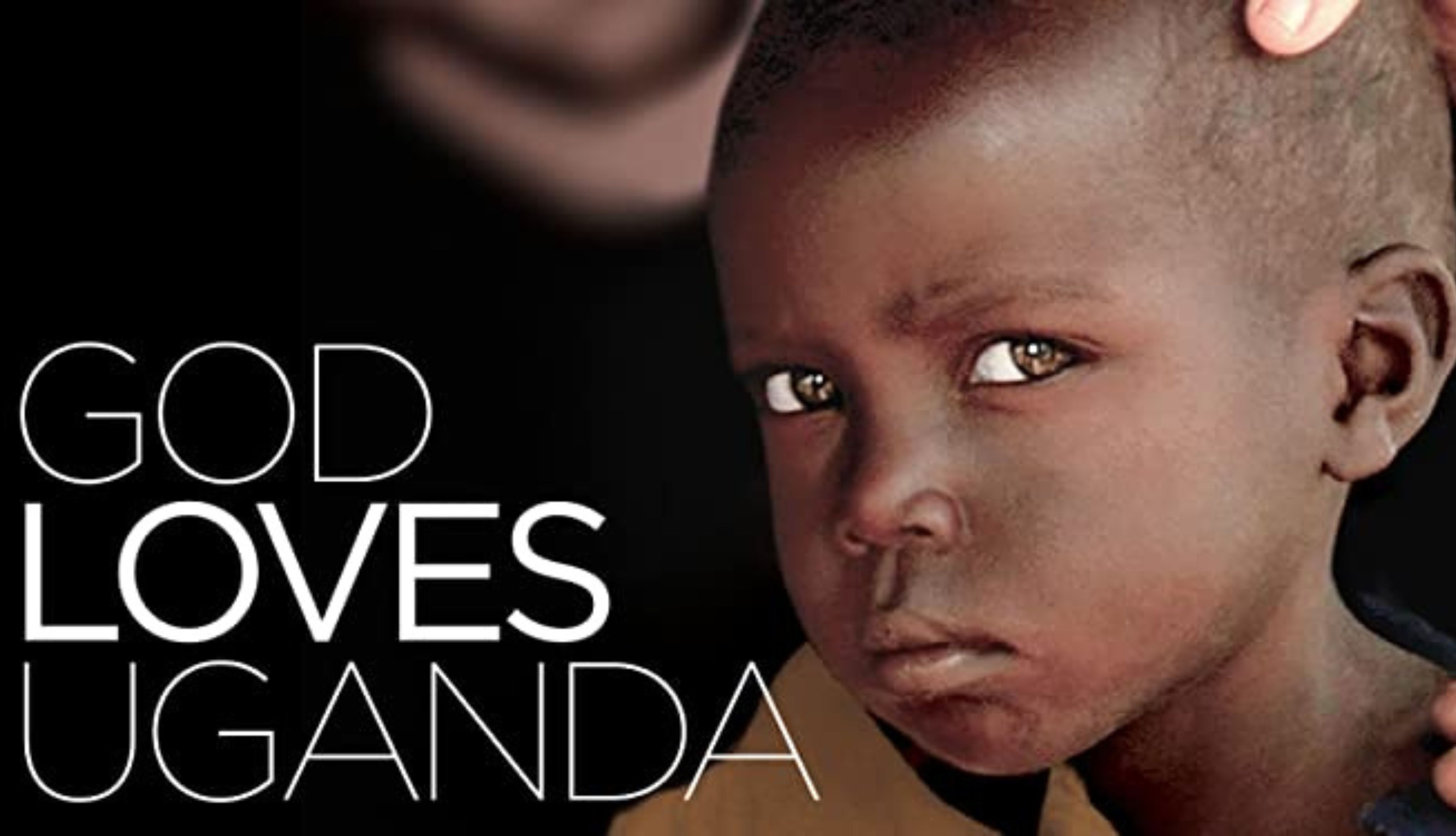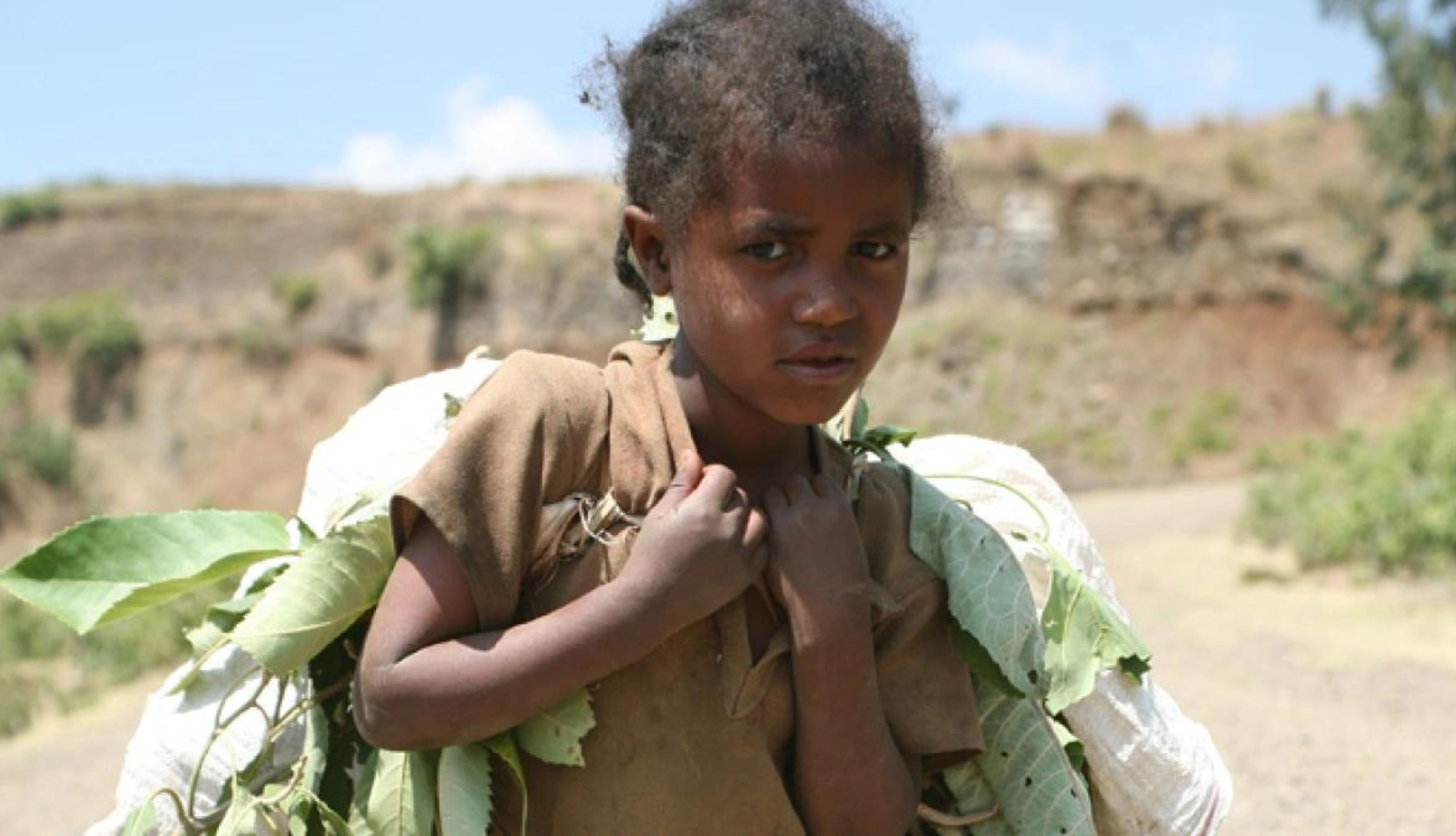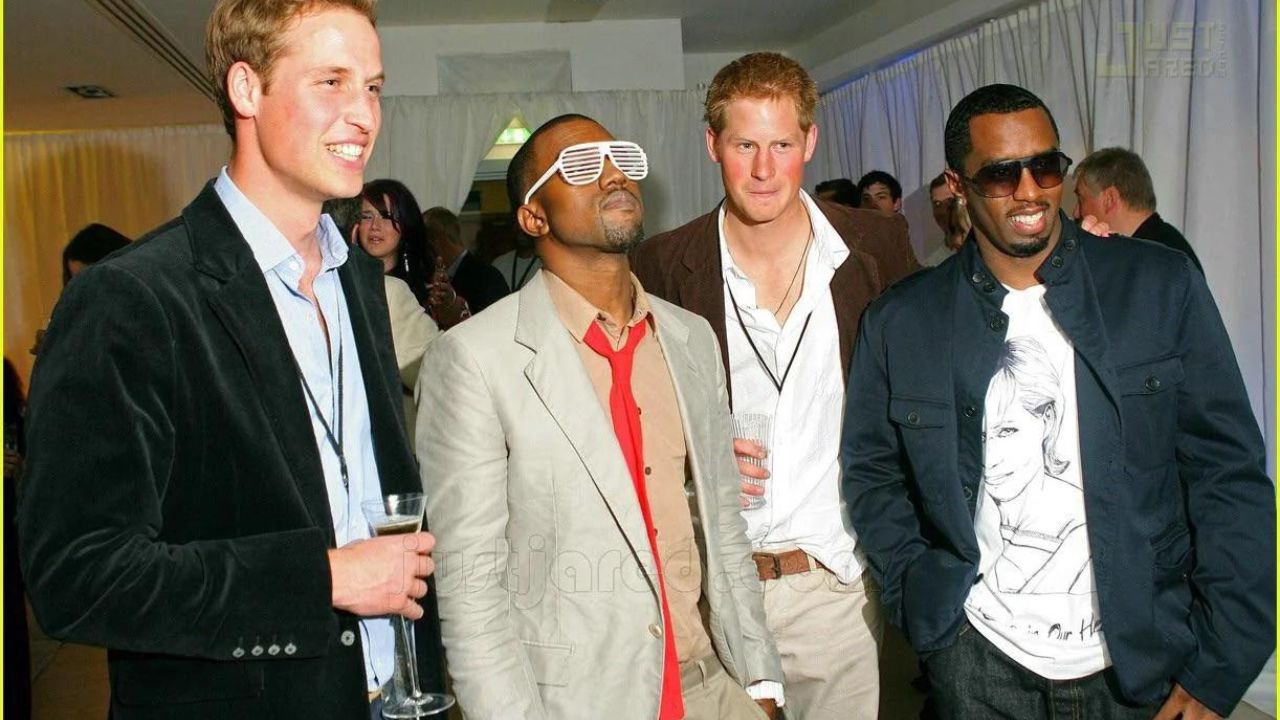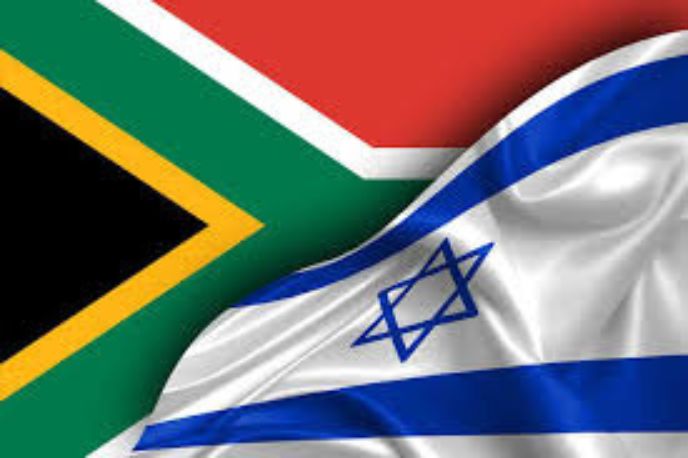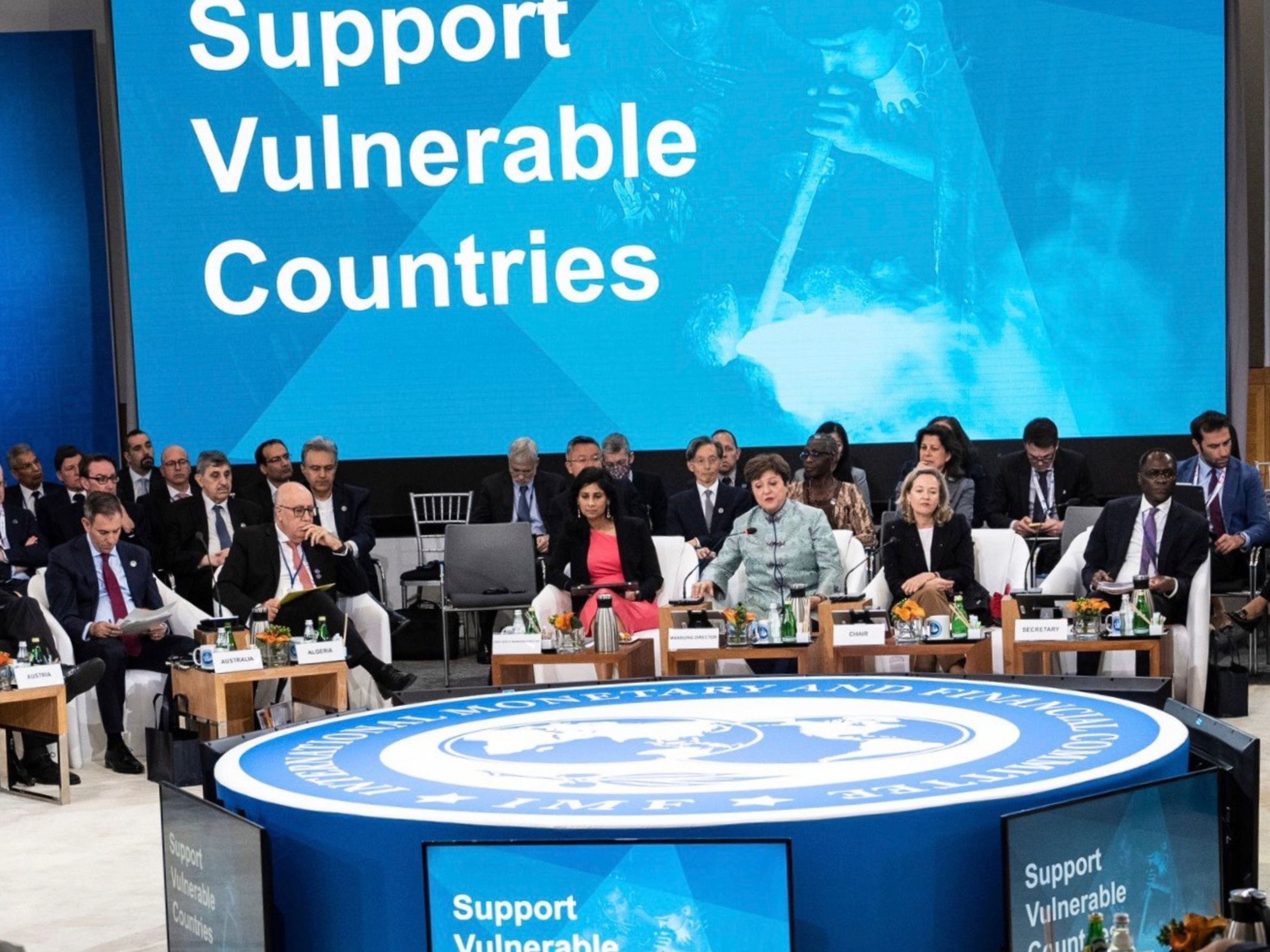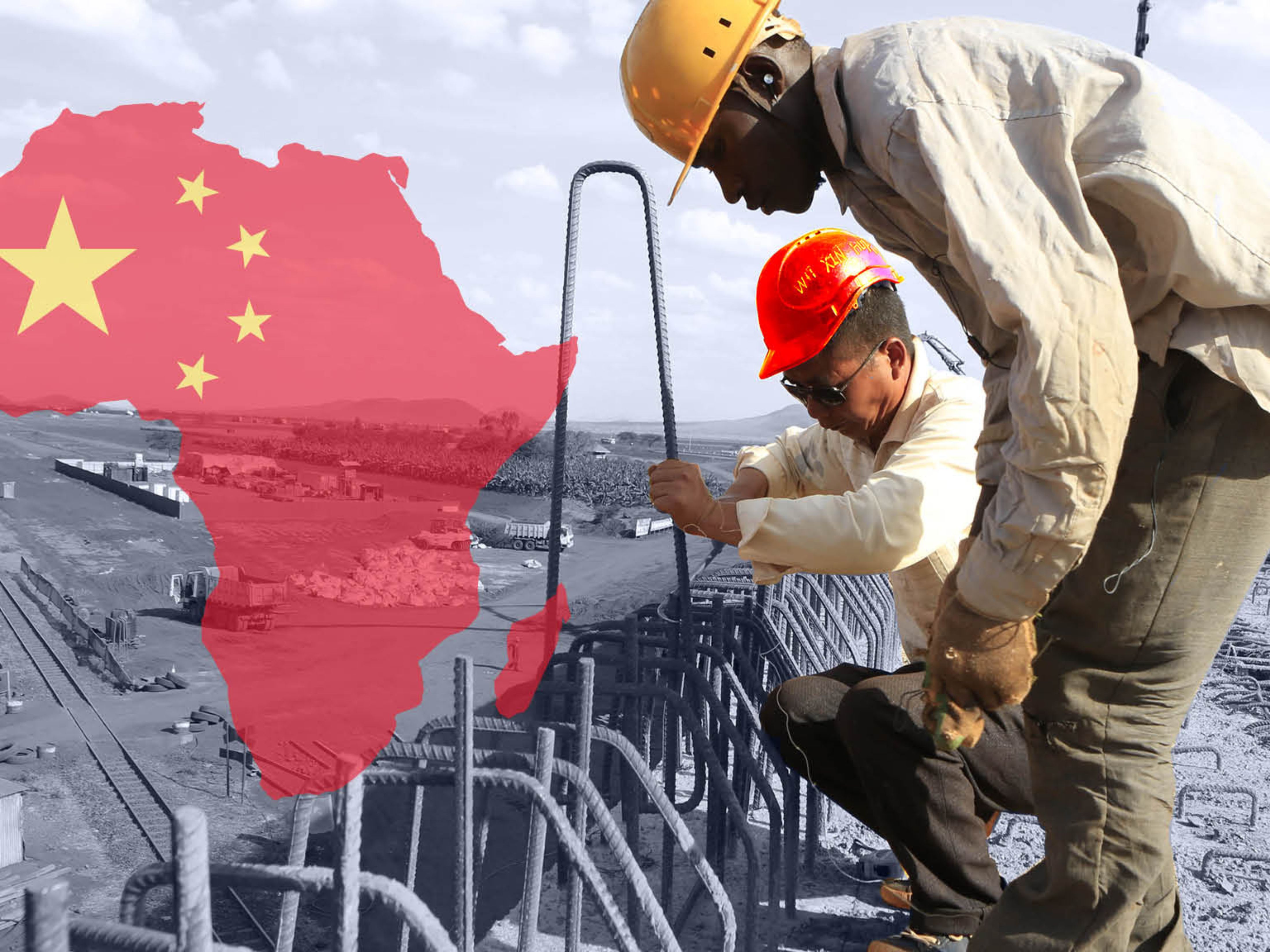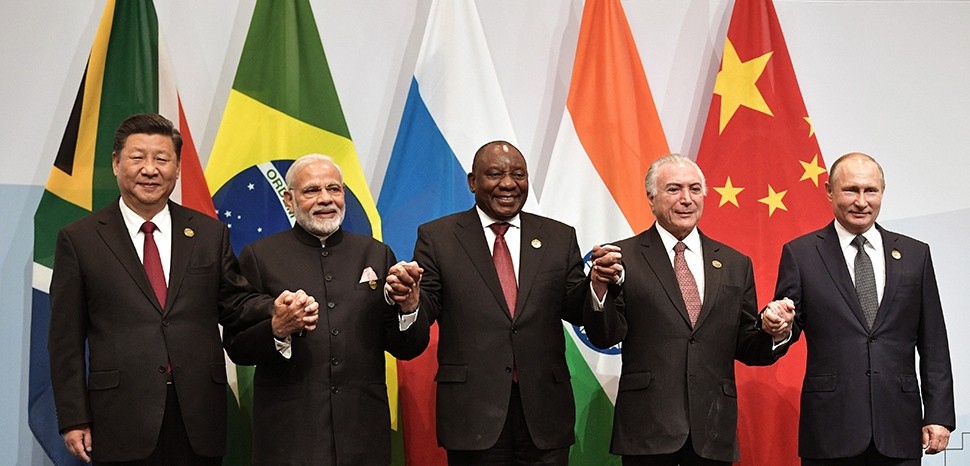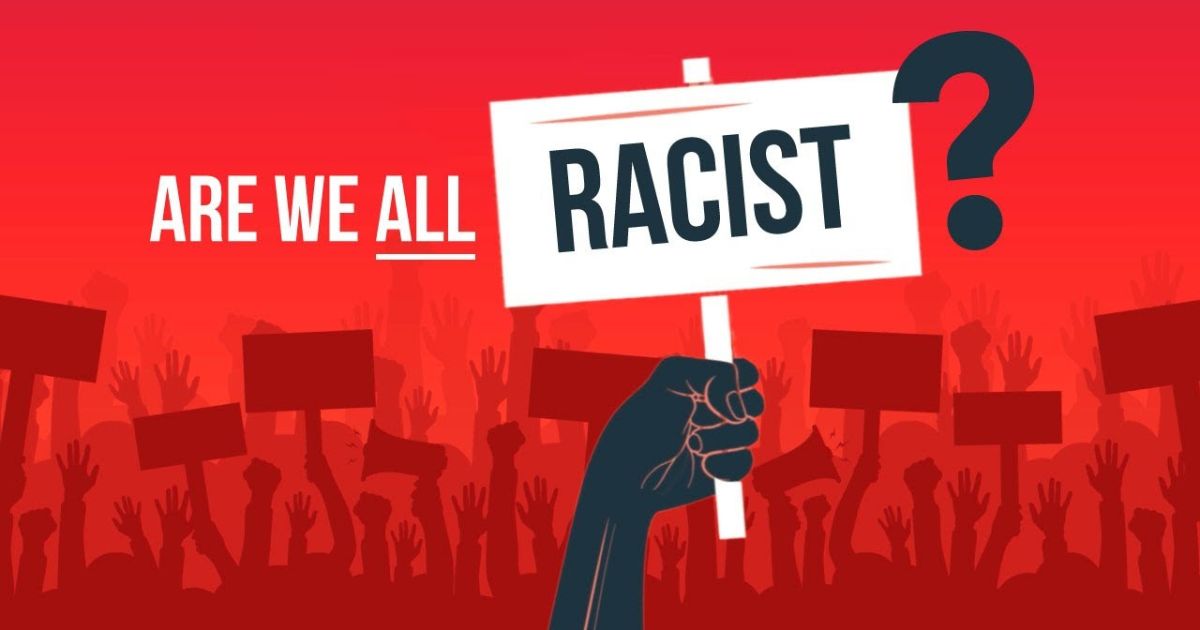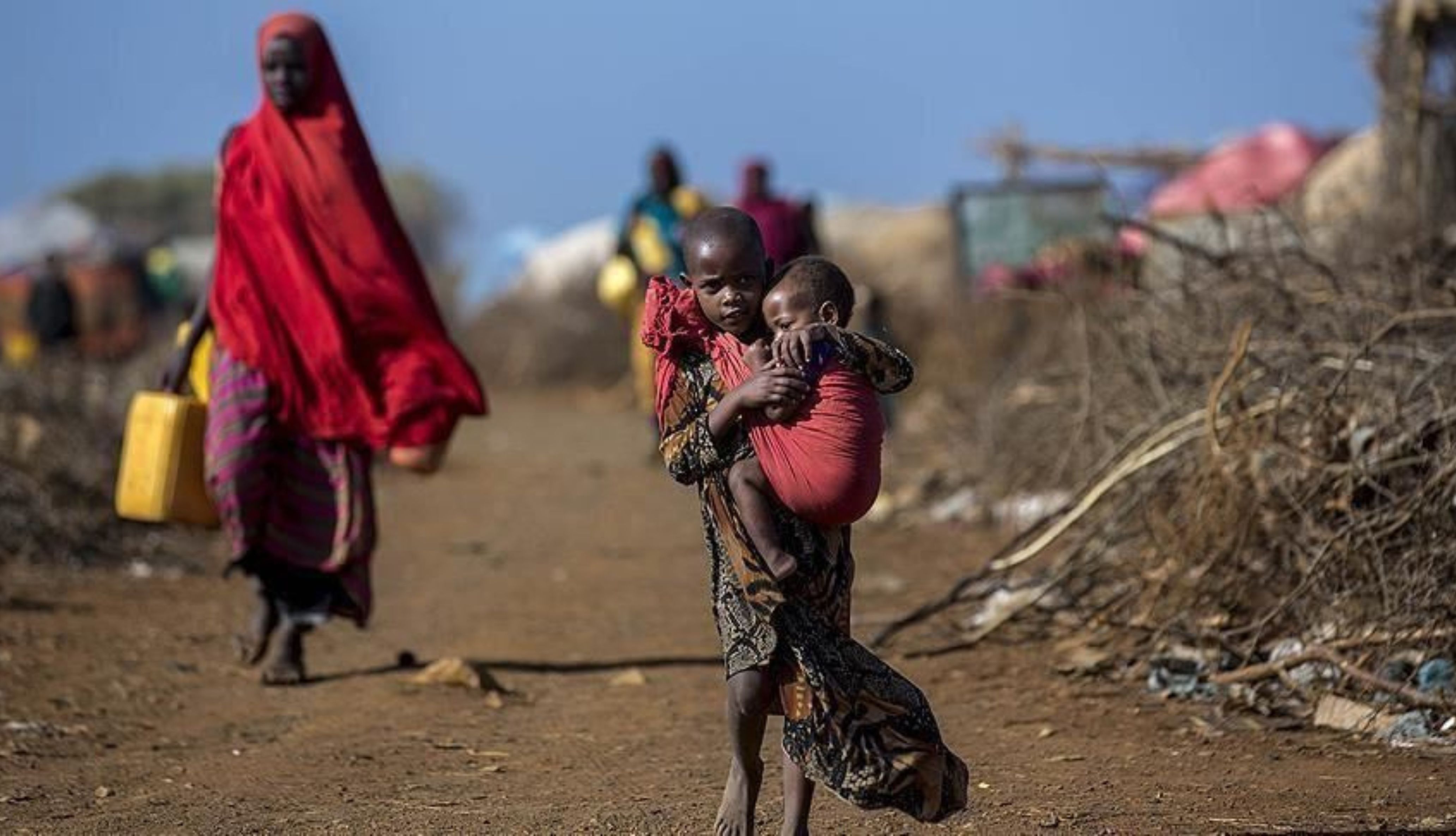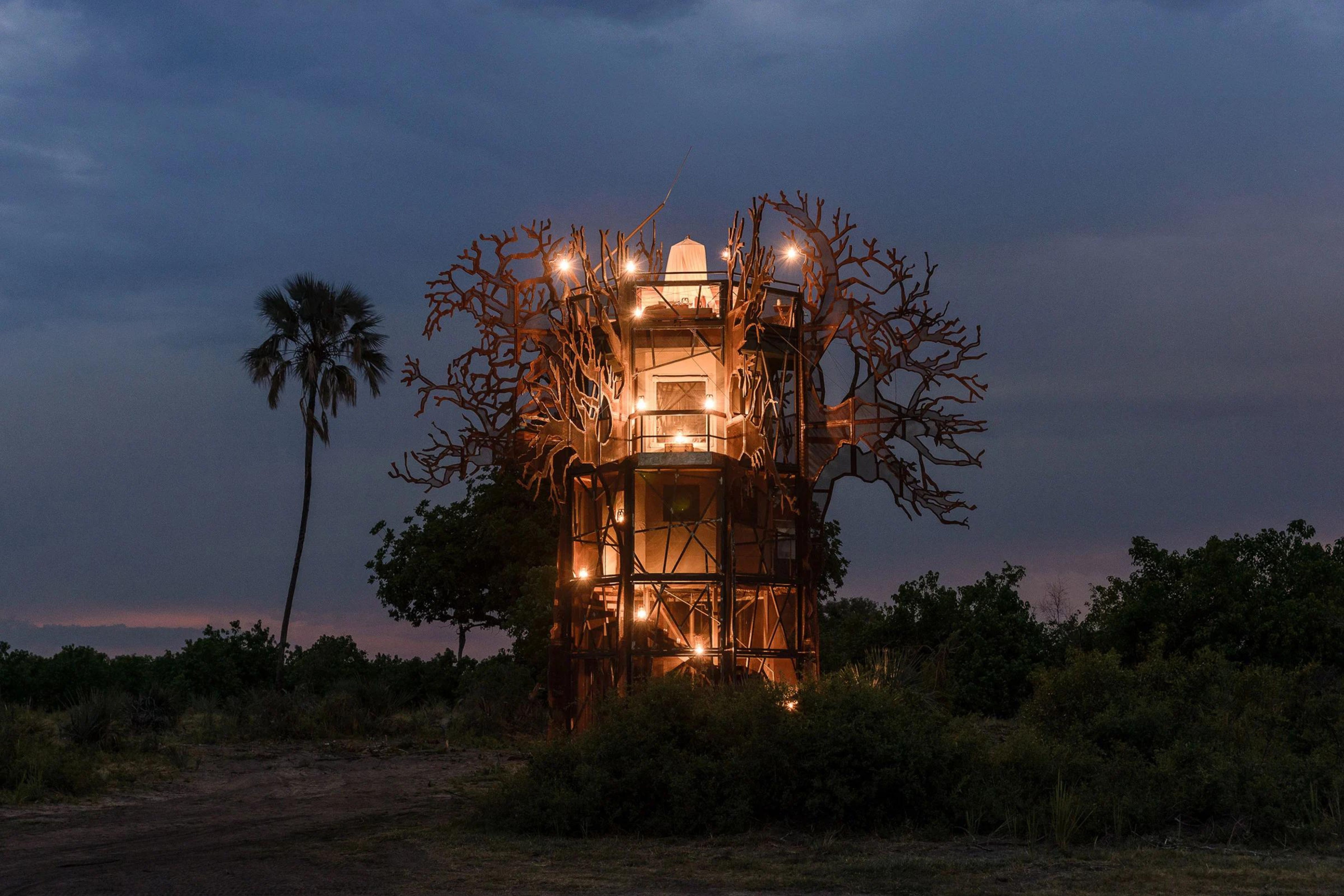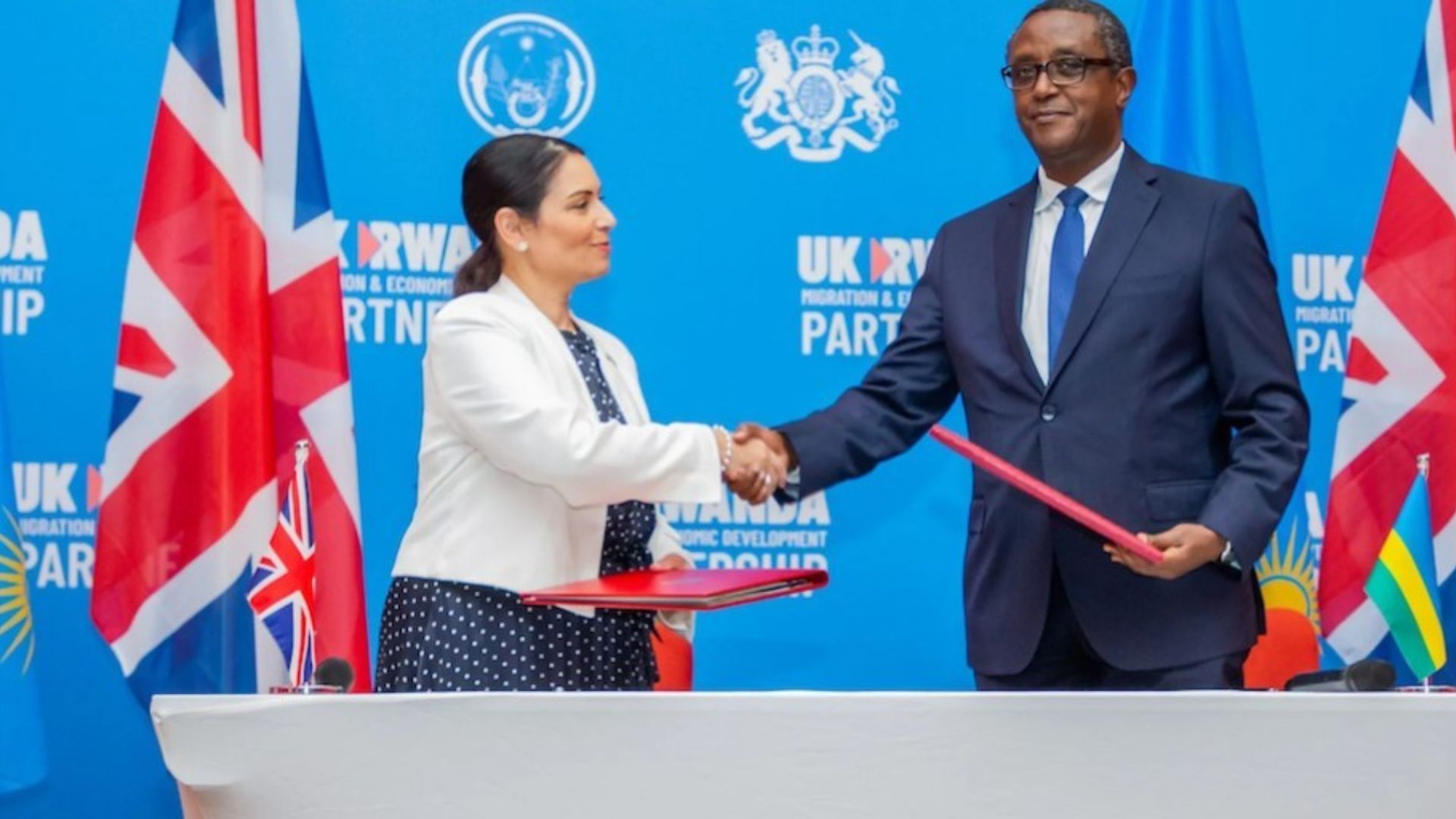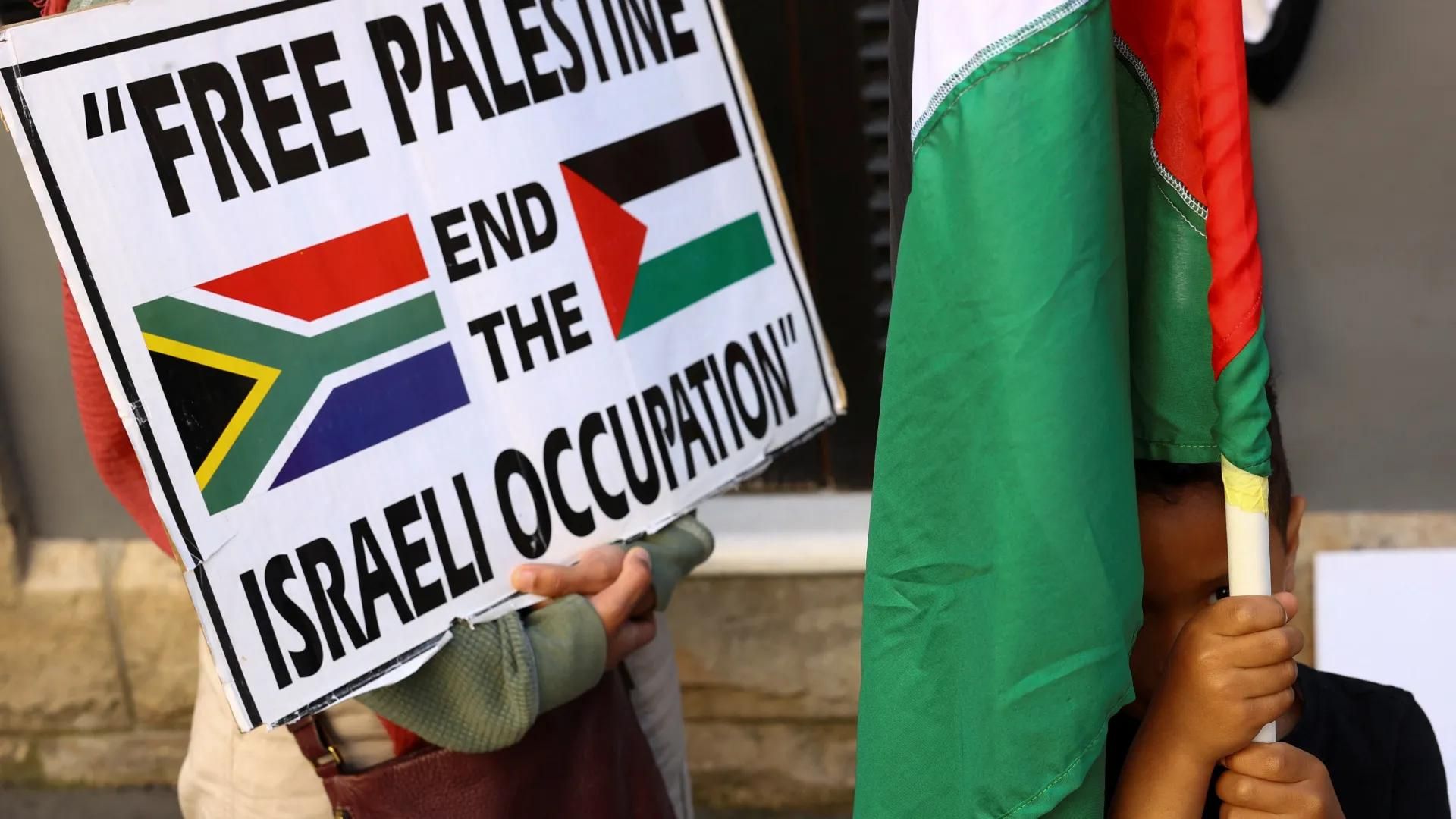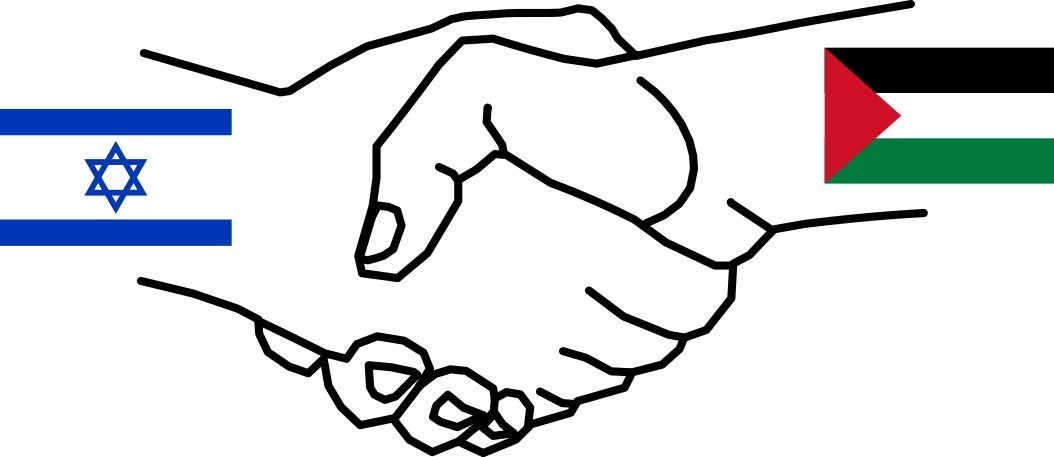Uganda is a country located in the heart of Africa. A land-locked nation that straddles the equator, it shares a northern border with the Sudan, to its east it borders Kenya, to its south it borders both Tanzania and Rwanda, and to its west it borders the Democratic Republic of Congo (DRC). About the size of Great Britain, Uganda is populated by dozens of ethnic groups. The capital city, Kampala, is built around seven hills not far from the shores of Lake Victoria, Africa’s largest freshwater lake, which forms part of the frontier with Kenya and Tanzania. The Swahili language unites the country with its East African neighbours Kenya and Tanzania.

“Uganda is a fairy-tale. You climb up a railway instead of a beanstalk, and at the end there is a wonderful new world,” wrote Sir Winston Churchill, who visited the country during its years under British rule and who called it “the pearl of Africa.” Indeed, Uganda embraces many ecosystems, from the tall volcanic mountains of the eastern and western frontiers to the densely forested swamps of the Albert Nile River and the rain forests of the country’s central plateau. The land is richly fertile, and Ugandan coffee has become both a mainstay of the agricultural economy and a favourite of connoisseurs around the world.
Early years of Uganda
Proof of human activity in Uganda is dated as far back as at least 50,000 years, and perhaps 100,000 years, as shown by the Acheulean stone tools recovered from the former environs of Lake Victoria, which were exposed along the Kagera River valley, mainly around Nsonezi.
The cultivators who cleared the forest were almost certainly Bantu speaking people who spread and multiplied over the centuries, forming their own government made of clan chiefs. This kinship-organised system was useful for coordinating work projects, settling internal disputes, and carrying out religious observances to clan deities, but could effectively govern only a limited number of people. Later, larger politics began to form in the states by the end of the first millennium CE.


The earliest states may have been established between the thirteenth and fifteenth centuries by a group of pastoral rulers called the Chwezi. Legends depicted the Chwezi as supernatural beings, but their material remains at the archaeological sites of Bigo and Mubende have shown that they were humans and perhaps among the ancestors of the modern Tutsi pastoralists of Rwanda and Burundi. During the fifteenth century, the Chwezi were displaced by a new Nilotic-speaking pastoral group called the Bito and appear to have moved south of present-day Uganda to establish kingdoms in northwest Tanzania, Rwanda, and Burundi.
READ ALSO: Nigeria’s Civil War- A Homeland Conflict
Development and Formation
From the process of cultural contact and state formation, three different types of states (Tutsi, Bito (Bunyoro) and the Buganda states) emerged.


Tutsi state was found in Rwanda and Burundi. It preserved a caste system whereby the rulers and their pastoral relatives attempted to maintain strict separation from the agricultural subjects, called Hutu. The Tutsi rulers lost their Nilotic language and became Bantu speakers, but they preserved an ideology of superiority in political and social life and attempted to monopolise high status and wealth. In the twentieth century, the Hutu revolt after independence led to the expulsion of the Tutsi elite from Rwanda, who became refugees in Uganda.
The Bito state, in contrast with that of the Tutsi, was established in Bunyoro, which for several centuries was the dominant political power in the region. Bito immigrants displaced the influential Tutsi and secured power for themselves as a royal clan, ruling over Tutsi pastoralists and Hutu agriculturalists alike. No rigid caste lines divided Bito society. The weakness of the Bito ideology was that, in theory, it granted every Bito clan member royal status and with it, the eligibility to rule. Although, some of these ambitions might be fulfilled by the Bunyoro omukama (ruler) granting his kin offices as governors of districts, there was always the danger of a coup d’état or secession by overambitious relatives. Thus, in Bunyoro, periods of political stability and expansion were interrupted by civil wars and secessions. Bunyoro’s power began to ebb in the eighteenth century, with the separation of the Toro kingdom and more importantly the rise of Buganda.
Buganda was the third state to emerge in Uganda on the northern shores of Lake Victoria. This area of swamp and hillside was not attractive to the rulers of pastoral states farther north and west. In the nearby Haya kingdom of west Tanzania, the wealth of the ruling class continued to depend more on banana lands and groves than on cattles and no sharp caste-like distinction between farmers and herders were formed. Buganda became a refuge area for those who escaped being ruled by Bunyoro or were defeated in contests for power. One of such groups from Bunyoro, headed by Prince Kimera, arrived in Buganda early in the fifteenth century. Assimilation of refugee elements had already strained the ruling abilities of Buganda’s various clan chiefs and a supraclan political organisation was already emerging. Kimera seized the initiative in this trend and became the first effective Kabaka (ruler) of the fledgling Buganda state.


Unlike the Tutsi caste system or the Bunyoro royal clan political monopoly, Buganda’s kingship was made a kind of state lottery in which all clans could participate. Each new king was identified with the clan of his mother, rather than that of his father. All clans readily provided wives to the ruling kabaka, who had eligible sons by most of them. When the ruler died, his successor was chosen by a clan of elders from among the eligible princes, each of whom belonged to the clan of his mother. In this way, the throne was never the property of a single clan for more than one reign.
Consolidating their efforts behind a centralised kingship, the Baganda (people of Buganda) shifted away from defensive strategies and toward expansion. By the mid-nineteenth century, Buganda had doubled and redoubled its territory, conquering much of Bunyoro and becoming the dominant state in the region. Newly conquered lands were placed under chiefs nominated by the king. Buganda’s armies and the royal tax collectors traveled swiftly to all parts of the kingdom along specially constructed roads which crossed streams and swamps by bridges and viaducts. On Lake Victoria (which the Baganda called Nnalubale), a royal navy of outrigger canoes, commanded by an admiral who was chief of the Lungfish clan, could transport Baganda commandos to raid any shore of the lake.
In Buganda’s capital, a well-ordered troop of about 40,000 surrounded the king’s palace, which was situated on the crest of a commanding hill. A wall more than four kilometers in circumference surrounded the palace compound, which was filled with grass-roofed houses, meeting halls, and storage buildings. At the entrance to the court burned the royal fire, which would only be extinguished when the kabaka died. Thronging the grounds were foreign ambassadors seeking audiences, chiefs going to the royal advisory council, messengers running errands, and a corps of young pages, who served the kabaka while training to become future chiefs. For communication across the kingdom, the messengers were supplemented by drum signals.
Foreign Intrusions
Until the middle of the nineteenth century, Uganda remained relatively isolated from the outside world. The central African lake region was a world in miniature, with an internal trade system, a great power rivalry between Buganda and Bunyoro, and its own inland seas. When intrusion from the outside world finally came, it was in the form of long-distance trade for ivory.
During the late 1870s, the Church Missionary Society (CMS) established a mission in Buganda and soon after, the French Catholic White Fathers also arrived at the king’s court, and the stage was set for a fierce religious and nationalist rivalry in which Zanzibar-based Muslim traders also participated. By the mid-1880s, all three parties had been successful in converting substantial numbers of Bagandas, some of whom attained important positions at court. When a new young kabaka, Mwanga, attempted to halt the foreign ideologies that he saw threatening the state, he was deposed by the armed converts in 1888. A four-year civil war ensued in which the Muslims were initially successful and proclaimed an Islamic state but were soon defeated and were not able to renew their effort.
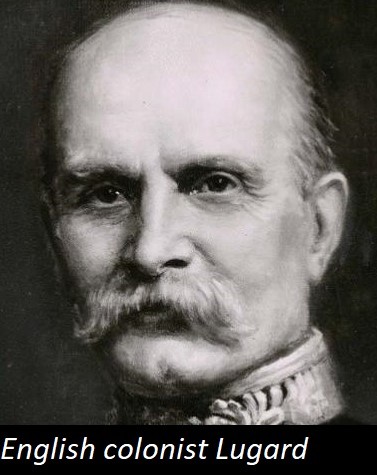

Soon afterwards, the victorious Protestant and Catholic converts then divided the Buganda kingdom, which they ruled through a figurehead kabaka. Thus, outside religion had disrupted and transformed the traditional state. Subsequently, the arrival of competing European imperialists, the German doctor Karl Peters (an erstwhile philosophy professor) and the British captain Frederick Lugard broke the Christian alliance. The British Protestant missionaries urged acceptance of the British flag, while the French Catholic mission either supported the Germans (in the absence of French imperialists) or called for Buganda to retain its independence.
In January 1892, fighting broke out between the Protestant and Catholic Baganda converts. The Catholics quickly gained the upper hand, until Lugard intervened with a prototype machine guns, the Maxim (named after its American inventor, Hiram Maxim). The Maxim decided the issue in favour of the pro-British Protestants; the French Catholic mission was burned to the ground, and the French bishop fled. The resultant scandal was settled in Europe when the British government paid compensation to the French mission and persuaded the Germans to relinquish their claim to Uganda.
With Buganda secured by Lugard, and the Germans no longer contending for control, the British began to enlarge their claim to the “headwaters of the Nile” as they called the land north of Lake Victoria. Allying with the Protestant Baganda chiefs, the British set about conquering the rest of the country, aided by Nubian mercenary troops who had formerly served the khedive of Egypt. Bunyoro had been spared the religious civil wars of Buganda and was firmly united by its king, Kabarega, who had several regiments of troops armed with guns. After five years of bloody conflict, the British occupied Bunyoro and conquered Acholi and the northern region, and the rough outlines of the Uganda Protectorate came into being.
In 1888 the British government gave the British East Africa Company control of Uganda. Meanwhile the European powers decided to divide up Africa among themselves.
Also, in 1890 Germany and Britain signed an agreement confirming that Uganda was in the British sphere of influence. Gradually the company took control of Uganda and the local chiefs were reduced to being puppet rulers.
Finally in 1894 the British government made Uganda a protectorate (colony). However the traditional chiefs were kept as puppets. The Baganda Christian allies of the British again demonstrated their support for the colonial power. As a reward for this support, and in recognition of Buganda’s formidable military presence, the British negotiated a separate treaty with Buganda, granting it a large measure of autonomy and self-government within the larger protectorate under indirect rule. One-half of Bunyoro’s conquered territory was awarded to Buganda as well, including the historic heartland of the kingdom containing several Nyoro (Bunyoro) royal tombs making Buganda double in size from ten to twenty counties (sazas).
READ ALSO: The Aba (Nigeria) Women’s Protest of 1929 – A Story of Courage and Revolt
Liberty at Last
In 1921, a legislative council was established, but no African member was admitted until 1945. During the late 1940’s, Ugandan people rebelled against the British colonial power because they wanted more representative government and less British control.
In 1958, internal self-government in Uganda was then allowed by the British colonial power and during the London Conference of 1960, the British decided to allow elections in Uganda and in the long run, their Independence.
Upon independence three parties developed. The Democratic Party (DP) which modelled on Germany’s Christian Democrats, representing the Catholic population, the Uganda People’s Congress (UPC) which was supported mainly by groups from the north and western parts and the Kabaka Yekka (KY) (meaning “king only”) was a Bugandan nationalist party.
On Mar. 1, 1962, Uganda begins self-government with Benedicto Kiwanuka as prime minister. Then, on Oct. 9, 1962, Uganda is admitted as a member State to the United Nations and Milton Obote, the leader of the Uganda People’s Congress, became the nation’s first Prime Minister.
Independence Day
The city streets were adorned with all manner of Uganda’s diverse ethnic and cultural celebration artifacts and symbols on billboards and makeshift arches intermingled with Uganda’s new flag colors and court of arms. Every major government building, private business buildings, sidewalks and city street light poles were draped with flags and cultural symbols for months preceding and after the big day.
On the eve of October 9, the makeshift pavilions at Kololo were full to capacity with exuberant and lighthearted Ugandans together with the outgoing British colonial administrators and hundreds of invited guests and well-wishers from around the world.


At the stroke of midnight, Mr. Milton Apollo Obote took the oath of office as the first prime minister of the newly independent Uganda, followed simultaneously was the playing of the national anthem by the Uganda Rifles band, the lowering of the Union Jack and the raising of the new Uganda national flag.
Sir Obote also delivered an Independence Day speech on behalf of all Ugandans, after taking the oath of office. There was also a ceremonial opening of parliament by the Duke and Duchess of Kent, who represented the Queen at independence celebrations. A 21 gun salute and fireworks ensued soon thereafter. Celebrations continued throughout the teensy hours of October 9 and later that day there was a float parade that went through downtown with throngs of spectators and well-wishers.

